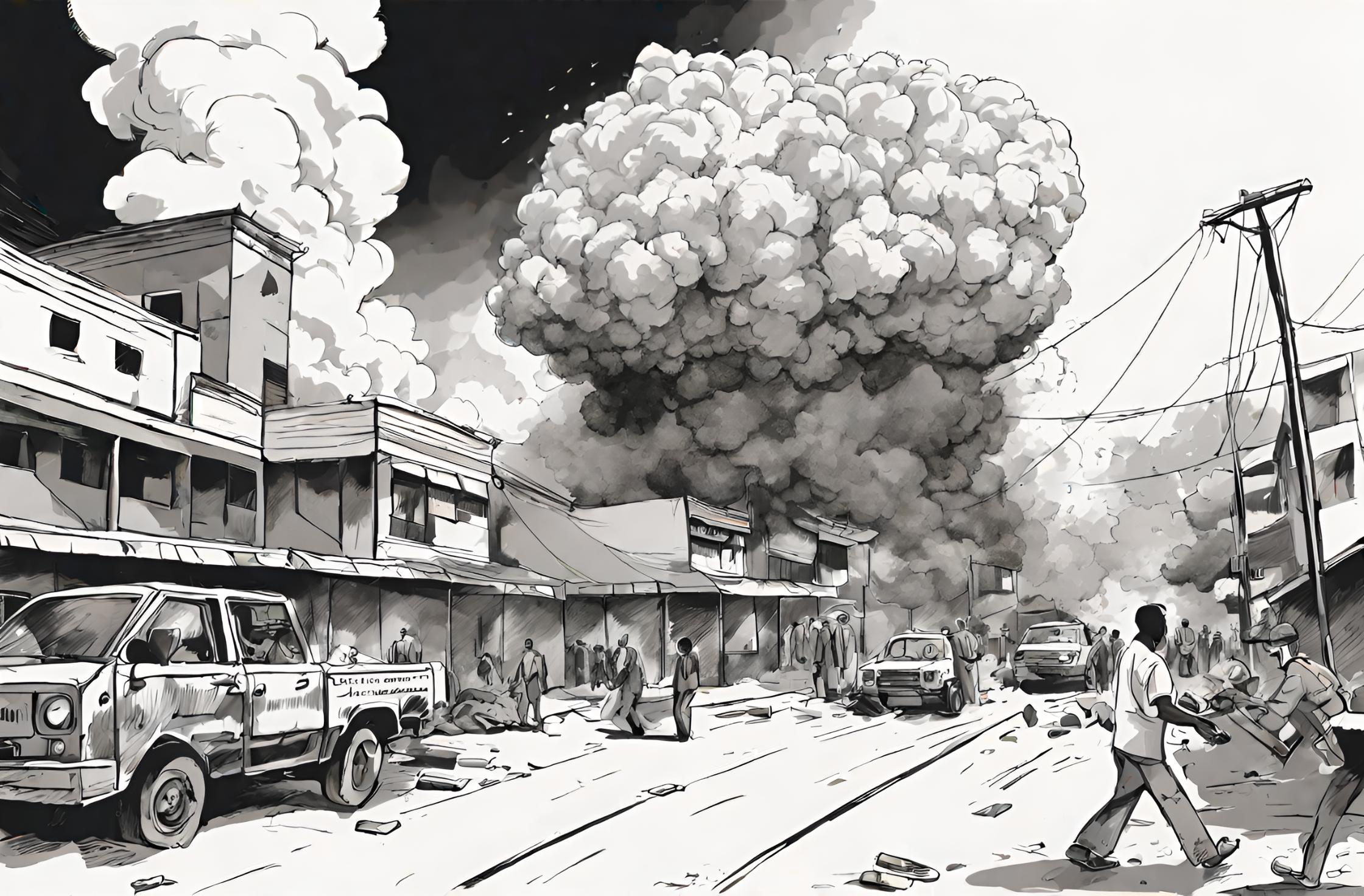Flashback to July 11
World History

Historically, October 19, 1944, marks a significant event in World War II when American forces landed in the Philippines. This action was part of the Island hopping strategy utilized during the Pacific campaigns of the war. Thousands of soldiers from the US forces sailed across the Pacific and made their landing on Leyte Island, an important day that reshaped the future and the course of the war.
Being a turning point in World War II, the event has often been referred to as “The Battle of Leyte Gulf.” It was during this time that the US forces, under the leadership of General Douglas MacArthur, made a strategic move to seize control of the Philippines from Japanese forces. The Philippines, in particular Leyte Island, had strategic importance due to its geographical location as a potential launching point for allied forces aiming to recapture territories in the South Pacific.
After two years of being under Japanese occupation, the Philippines’ liberation was a sight for sore eyes and brought relief to the Filipinos. The national morale skyrocketed when images of General MacArthur, fulfilling his promise made in 1942, as he waded ashore Leyte Island with his famous words being quoted, “I have returned.”
Despite the historical significance of US forces landing in the Philippines on October 19, 1944, it’s an event that has slipped under the historical radar for many. People often tend to overlook the strategic advantages that the recapture of the Philippines offered. The Islands’ proximity to Japan and the resources it housed, such as the oil fields, made the Philippines an indispensable asset.
One cannot discuss the landing of US forces in the Philippines without mentioning the subsequent naval battles that ensued in the Leyte Gulf. These naval battles were some of the largest in naval warfare history, involving hundreds of ships from both the US Navy and the Imperial Japanese Navy, with an array of air support.
Success didn’t come easy, and the price was high. Both sides suffered significant losses in terms of men and machines. According to historical records, more than 1,000 US soldiers lost their lives during this specific military operation, while Japanese forces suffered even heavier casualty rates.
For the forces of the United States, this event represented a critical step towards the ultimate defeat of Japan. The victory at Leyte set the stage for the allied invasion of Okinawa, leading to the final chapter of World War II.
Studying the historical event of the “United States forces landing in the Philippines” provides an enlightening look into World War II strategies. It shapes our understanding of how strategic military decisions and sacrifices made by brave soldiers influenced the outcome of the war. This event is not just a tale of war but also a testament to determination, hard-fought victories, and the human spirit.
The commemoration of this historical event serves as a profound reminder of bravery and sacrifice demonstrated, paving the way for freedom during one of the most tumultuous periods of human history. Today, it is still remembered for the impact it had on the Pacific theatre of World War II and how it led to subsequent pivotal actions like the invasion of Iwo Jima and Okinawa.
the landing of US forces in the Philippines on October 19, 1944, was a massive turning point in World War II. This event, marked by strategic planning and great sacrifices, played a significant role in shaping the future course of the war in the Pacific, leading to the eventual defeat of the Japanese forces. This historical event continues to be an essential part of the war history and serves as a beacon of bravery and sacrifice to this day.
We strive for accuracy. If you see something that doesn't look right, click here to contact us!
Sponsored Content

Two bombs explode in…
On 7/11/2010, two bombs…

Charles IV of Luxembourg…
On 7/11/1346, Charles IV…

The space station Skylab…
"The historic event of…

Prussia army moves into…
On 7/11/1792, the Prussia…

Giuseppe Arcimboldo first surrealist…
Giuseppe Arcimboldo, the pioneering…

Chinese archeologists discover a…
Chinese archeologists made a…

